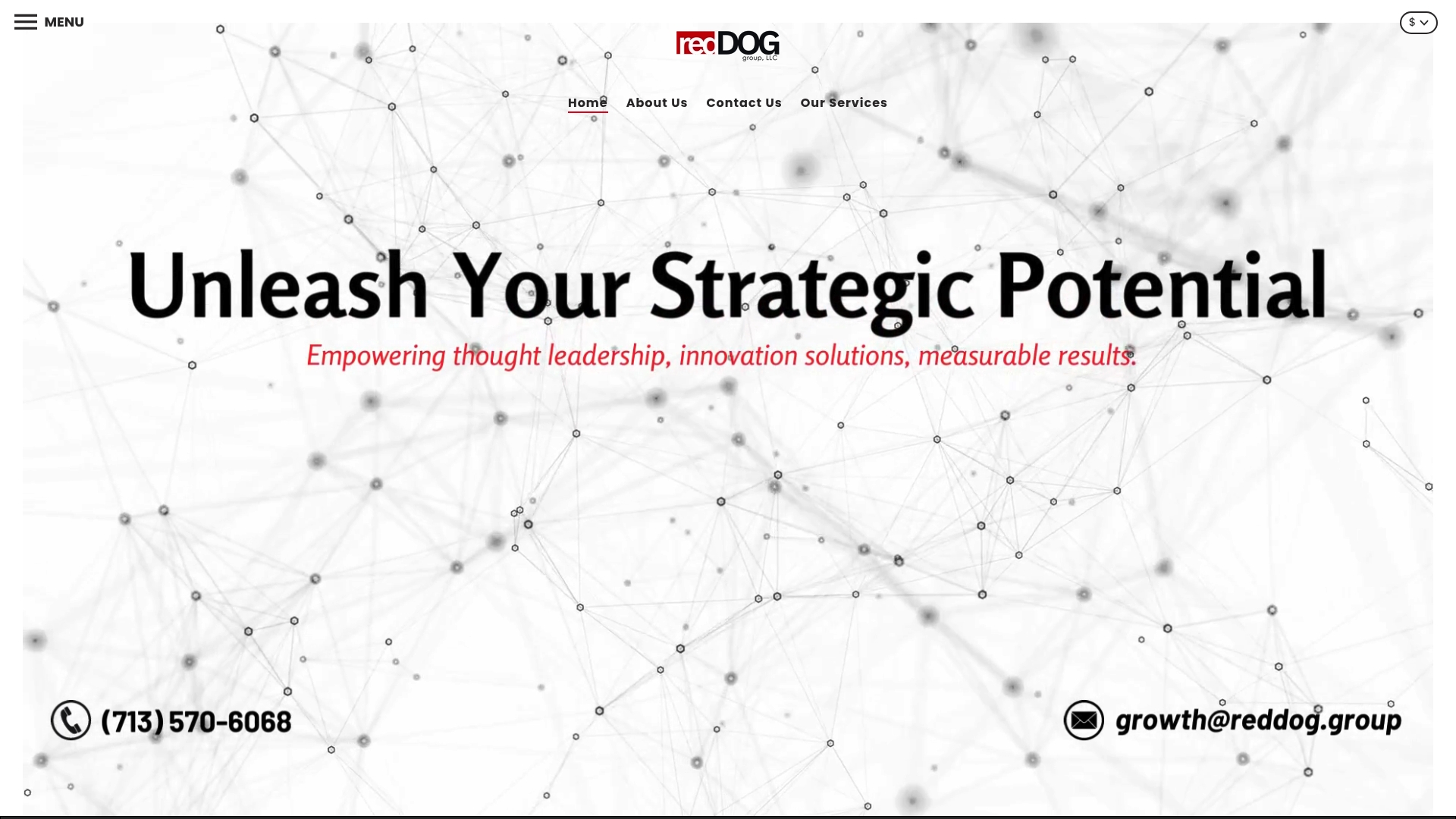
The Essential Guide to Brand Positioning Investment
Posted on
Nearly 90 percent of consumers admit they can instantly recall just a handful of brand names from memory. In a marketplace crowded with options, finding a way to stand out is essential for business growth. Defining your brand position shapes how customers see you, influences loyalty, and sets the tone for every marketing effort. Understanding what sets your brand apart is the first step to connecting with people in a meaningful, lasting way.
Table of Contents
- Defining Brand Positioning And Its Importance
- Key Components Of Effective Brand Positioning
- Primary Benefits For Retailers And Ecommerce Brands
- How Strategic Positioning Drives Revenue Growth
- Common Pitfalls And How To Avoid Them
- Brand Positioning Vs. Other Branding Approaches
Key Takeaways
| Point | Details |
|---|---|
| Strategic Importance | Effective brand positioning creates a unique identity that helps businesses stand out in a competitive landscape, resonating with consumers’ needs and preferences. |
| Core Components | Successful positioning relies on clearly identifying the target audience, defining the competitive category, and articulating the brand’s unique benefits. |
| Business Benefits | Strong brand positioning leads to enhanced customer loyalty, reduced price sensitivity, and improved marketing efficiency, driving sustainable growth. |
| Strategic Pitfalls | Avoid common pitfalls such as vague messaging and lack of differentiation to ensure effective execution of brand positioning strategies. |
Defining Brand Positioning and Its Importance
Brand positioning represents the strategic process of crafting a distinctive identity in consumers’ minds. According to abacademies.org, positioning is “the act of designing an organization’s offering and image to occupy a distinctive place in the target market’s mind”. This strategic approach goes far beyond simple marketing tactics.
At its core, brand positioning determines how potential customers perceive your business compared to competitors. It answers critical questions: What makes your brand unique? Why should customers choose you over alternatives? Successful positioning creates a clear, compelling narrative that resonates with your target audience’s needs and desires.
Effective brand positioning requires deep understanding of three key elements:
- Your target audience’s specific preferences and pain points
- Your brand’s genuine strengths and unique value proposition
- The competitive landscape and market positioning of similar brands
By carefully aligning these elements, businesses can develop a strategic positioning framework that differentiates them. Understanding the Role of Branding in Growth provides additional insights into how strategic positioning drives long-term business success. The ultimate goal is creating a memorable brand identity that connects emotionally with customers and stands out in a crowded marketplace.
Key Components of Effective Brand Positioning
Brand positioning is a nuanced strategic approach that requires careful planning and execution. According to bbanote.org, the core elements of positioning can be distilled into a strategic framework encompassing five critical components: target audience, frame of reference, point of difference, reason to believe, and brand personality.
Target audience defines the specific group of consumers most likely to connect with your brand. drayseozturk.org highlights that differentiation can occur across multiple dimensions: product features, service quality, channel strategy, people engagement, and brand image. This multifaceted approach allows businesses to create a comprehensive positioning strategy that resonates deeply with their ideal customers.
A powerful positioning strategy typically follows a structured formula: ‘For [target], [brand] is the [category] that [key benefit] because [reason to believe]’. This framework helps businesses articulate their unique value proposition concisely. Key components include:
Here’s a summary of the five critical components of effective brand positioning:
| Component | Description |
|---|---|
| Target Audience | Specific group most likely to connect |
| Frame of Reference | Market category or industry context |
| Point of Difference | Key differentiator from competitors |
| Reason to Believe | Proof or supporting evidence for brand claims |
| Brand Personality | Distinct traits shaping brand perception |
- Precise target audience identification
- Clear competitive category definition
- Distinctive key benefit explanation
- Compelling reason to believe in the brand’s promise
What Is Business Positioning? Complete Guide for 2025 can provide additional insights into developing a robust positioning strategy. By meticulously crafting each component, brands can create a positioning approach that not only differentiates them from competitors but also establishes a meaningful connection with their target market.

Primary Benefits for Retailers and Ecommerce Brands
Brand positioning offers transformative advantages for retailers and ecommerce brands seeking sustainable competitive differentiation. According to bbanote.org, effective positioning creates critical strategic benefits, including establishing mental real estate, driving product differentiation, and reducing price-based competition.
jier.org emphasizes that brand positioning is a “cornerstone of modern marketing strategy,” enabling organizations to carve out a unique space in consumers’ minds and achieve sustainable competitive advantage. For retailers and ecommerce brands, this translates into tangible business outcomes that extend far beyond traditional marketing approaches.
The primary benefits of strategic brand positioning include:
- Enhanced Customer Loyalty: Creating emotional connections that transcend transactional relationships
- Reduced Price Sensitivity: Differentiating through value rather than competing solely on cost
- Focused Product Development: Aligning offerings more precisely with target audience needs
- Improved Marketing Efficiency: Streamlining messaging and communication strategies
7 Advantages of Digital Branding for Growing Retail Brands provides additional context on how strategic positioning can drive meaningful business growth. By intentionally crafting a distinctive market position, retailers can transform from commodity providers to memorable, preferred brands that customers actively seek out and recommend.
How Strategic Positioning Drives Revenue Growth
Strategic brand positioning is a powerful mechanism for driving sustainable revenue growth. According to jier.org, different positioning strategies - including value-based, emotional, and differentiation approaches - can significantly enhance brand equity and market performance by creating compelling connections with target consumers.
Revenue generation through strategic positioning occurs through multiple interconnected mechanisms. bbanote.org highlights that effective positioning creates mental real estate, reduces price-based competition, and focuses product development, all of which directly contribute to increased financial performance. By establishing a clear, distinctive market presence, brands can command premium pricing and attract more loyal customers.
Key revenue drivers of strategic positioning include:
- Reduced Customer Acquisition Costs: By creating a memorable brand identity
- Higher Conversion Rates: Through targeted, resonant messaging
- Increased Customer Lifetime Value: By building emotional connections
- Premium Pricing Potential: By differentiating beyond commodity competition
Understanding Why Invest in Branding for Business Growth offers additional insights into how strategic positioning transforms market perception. Ultimately, brands that invest thoughtfully in their positioning can create a virtuous cycle of recognition, preference, and sustainable revenue growth.
Common Pitfalls and How to Avoid Them
Brand positioning strategies can quickly derail without careful planning and execution. bbanote.org identifies several critical pitfalls that can undermine even the most well-intentioned positioning efforts, including vagueness, lack of meaningful differentiation, insufficient evidence, over-positioning, and inconsistent messaging.
According to abacademies.org, many organizations struggle to forge a strong, individual identity because they focus on what administrators believe is significant rather than what their target market truly perceives as important. Strategic positioning requires a deep, empathetic understanding of customer perspectives and needs.
Common positioning pitfalls to watch for include:
- Vague Messaging: Failing to clearly articulate your unique value proposition
- Superficial Differentiation: Creating differences that don’t matter to customers
- Lack of Credibility: Making claims without substantial proof or evidence
- Inconsistent Brand Experience: Sending mixed signals across different marketing channels
7 Examples of Online Branding Every Retailer Should Know provides additional context on navigating these challenges. By staying vigilant and continuously refining your positioning strategy, brands can avoid these common traps and create a compelling, authentic market presence that resonates with their target audience.
Brand Positioning vs. Other Branding Approaches
Brand positioning represents a strategic approach that distinguishes itself from traditional branding methods. shs-conferences.org highlights that positioning is an advanced branding tool that goes beyond basic image creation, focusing on developing a comprehensive strategy for brand management and perception.
While general branding approaches often focus on visual identity and broad messaging, brand positioning drills down into specific strategic territory. bbanote.org explains that positioning can be executed through multiple strategic approaches, such as benefit-based positioning that emphasizes functional advantages customers genuinely care about, unlike more generic branding techniques that lack strategic depth.
Key differences between brand positioning and other branding approaches include:
- Strategic Specificity: Positioning creates a precise market definition
- Targeted Messaging: Focuses on specific customer perceptions
- Competitive Differentiation: Establishes a unique market space
- Emotional and Functional Value: Connects beyond surface-level branding
Understanding the Role of Branding in Ecommerce provides complementary insights into how strategic positioning transforms traditional branding approaches. Ultimately, brand positioning offers a more nuanced, intentional method of building brand identity that goes far beyond conventional marketing techniques.
![]()
Unlock the Power of Strategic Brand Positioning for Your Business
Struggling to create a clear and compelling market position that truly resonates with your target audience? Many brands face challenges like vague messaging, weak differentiation, and limited customer connection. This article highlights how essential it is to develop a strategic brand positioning framework that addresses customer pain points and stands out against competitors. If you want to build emotional loyalty, command premium pricing, and reduce price sensitivity, mastering this strategy is critical.
At Reddog Group, we specialize in turning these ideas into action. With extensive experience managing over 50 brands and focusing on omnichannel retailing and digital marketing, we help businesses like yours craft distinctive positioning that drives revenue and sustainable growth. Whether optimizing your Amazon FBA listings or aligning your DTC channels with cohesive brand messaging, our tailored solutions ensure you occupy the mental real estate your brand deserves.
Enhance your market impact today with proven strategies that connect and convert.
Take the first step now.
Build a unique brand presence with expert guidance at Reddog Group.

Ready to transform your brand positioning into measurable growth? Explore our services and see how we can help you succeed. Visit Reddog Group to get started.
Frequently Asked Questions
What is brand positioning?
Brand positioning is the strategic process of creating a unique identity for a brand in consumers’ minds, highlighting what makes it distinct from competitors and answering why customers should choose it.
Why is brand positioning important for businesses?
Effective brand positioning establishes a brand’s unique space in the market, leading to enhanced customer loyalty, reduced price sensitivity, focused product development, and improved marketing efficiency.
What are the key components of an effective brand positioning strategy?
The core components of a successful brand positioning strategy include the target audience, the frame of reference, the point of difference, the reason to believe, and the brand’s personality.
How can brand positioning drive revenue growth?
Brand positioning drives revenue growth by creating mental real estate, reducing price competition, focusing product development, and leveraging emotional connections with customers, leading to premium pricing and increased customer loyalty.
Recommended
- What Is Business Positioning? Complete Guide for 2025
- Understanding Why Invest in Branding for Business Growth
- Understanding the Role of Branding in Growth
- What is Branding for Small Business? Understanding Its Importance
- Understanding the Role of Branding in Team Building - Blog
- Position zero SEO : Booster vos conversions en 2025
Leave a comment: